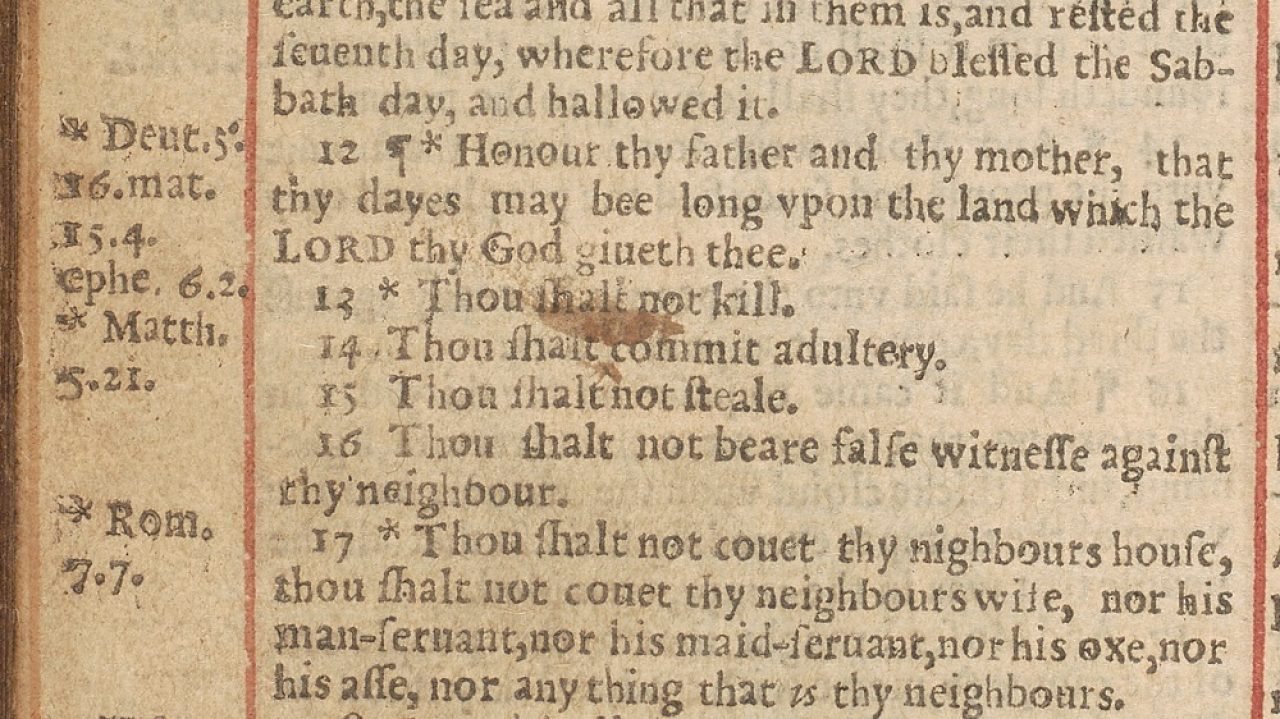Top Stories
University of Otago Law Exam Error Highlights Proofreading Challenges

A significant proofreading error in a recent exam paper at the University of Otago has sparked discussion about the challenges of error detection in academic settings. The issue arose during the Law of Torts exam for third-year law students, where a crucial word was omitted from a question, rendering it unanswerable. Rather than a simple typographical error, this missing word created confusion among students and raised concerns about the proofreading processes in place.
In an age where meticulous review is expected, the incident underscores the age-old adage that even careful scrutiny may not catch every mistake. Proofreading is notoriously difficult, as evidenced by numerous historical examples of significant errors slipping through the cracks. For instance, a notorious blunder in a 1641 reprint of the King James Bible changed a key commandment from “Thou shalt not commit adultery” to “Thou shalt commit adultery.” This particular error led to the destruction of most printed copies and heavy fines imposed on the royal printers. Only about 20 copies are known to exist today, with one held at the University of Canterbury.
Such errors can have serious consequences. In 1962, a typo in the software code for NASA’s Mariner 1 spacecraft led to the failure of its launch, costing the agency an estimated $18.5 million. Even esteemed publications are not immune. The New York Times once misspelled “response” in a front-page headline, drawing public attention and criticism.
Closer to home, the Reserve Bank of Australia faced backlash in 2018 when it mistakenly printed 400 million banknotes that spelled “responsibility” as “responsibilty.” Although these notes remain valued at $50 AUD, they have become a curiosity among collectors.
Mistakes in more casual contexts can also be humorous. The British publication The Guardian was so frequently plagued by typographical errors that it earned the nickname “The Grauniad” from the satirical magazine Private Eye. In another example, a miscommunication regarding a classified advertisement once resulted in a listing for “Manure woman seeks farm work,” a typographical mishap that certainly caught the attention of readers.
The importance of thorough proofreading extends beyond formal documents. A personal anecdote from writer Jim Sullivan illustrates this point well. While working on an annual report for the Plunket Society, he overlooked a glaring typo, referring to a child’s companions as “fiends” instead of “friends.” Despite multiple reviews by himself and the Plunket staff, the error went unnoticed until after publication.
This recent incident at the University of Otago highlights the need for vigilance and multiple layers of review in all forms of writing, especially in high-stakes environments such as exams. The challenges of proofreading are a reminder that even in the digital age, human oversight remains crucial. As students and educators reflect on the implications of this error, it serves as a valuable lesson on the necessity of diligence in proofreading efforts.
-

 World3 months ago
World3 months agoTest Your Knowledge: Take the Herald’s Afternoon Quiz Today
-

 Sports3 months ago
Sports3 months agoPM Faces Backlash from Fans During Netball Trophy Ceremony
-

 Lifestyle3 months ago
Lifestyle3 months agoDunedin Designers Win Top Award at Hokonui Fashion Event
-

 Sports3 months ago
Sports3 months agoLiam Lawson Launches New Era for Racing Bulls with Strong Start
-

 Lifestyle3 months ago
Lifestyle3 months agoDisney Fan Reveals Dress Code Tips for Park Visitors
-

 Health3 months ago
Health3 months agoWalking Faster Offers Major Health Benefits for Older Adults
-

 World3 months ago
World3 months agoCoalition Forms to Preserve Māori Wards in Hawke’s Bay
-

 Politics3 months ago
Politics3 months agoScots Rally with Humor and Music to Protest Trump’s Visit
-

 Top Stories3 months ago
Top Stories3 months agoUK and India Finalize Trade Deal to Boost Economic Ties
-

 Entertainment3 months ago
Entertainment3 months agoExperience the Excitement of ‘Chief of War’ in Oʻahu
-

 World3 months ago
World3 months agoHuntly Begins Water Pipe Flushing to Resolve Brown Water Issue
-

 Science3 months ago
Science3 months agoNew Interactive Map Reveals Wairarapa Valley’s Geological Secrets









